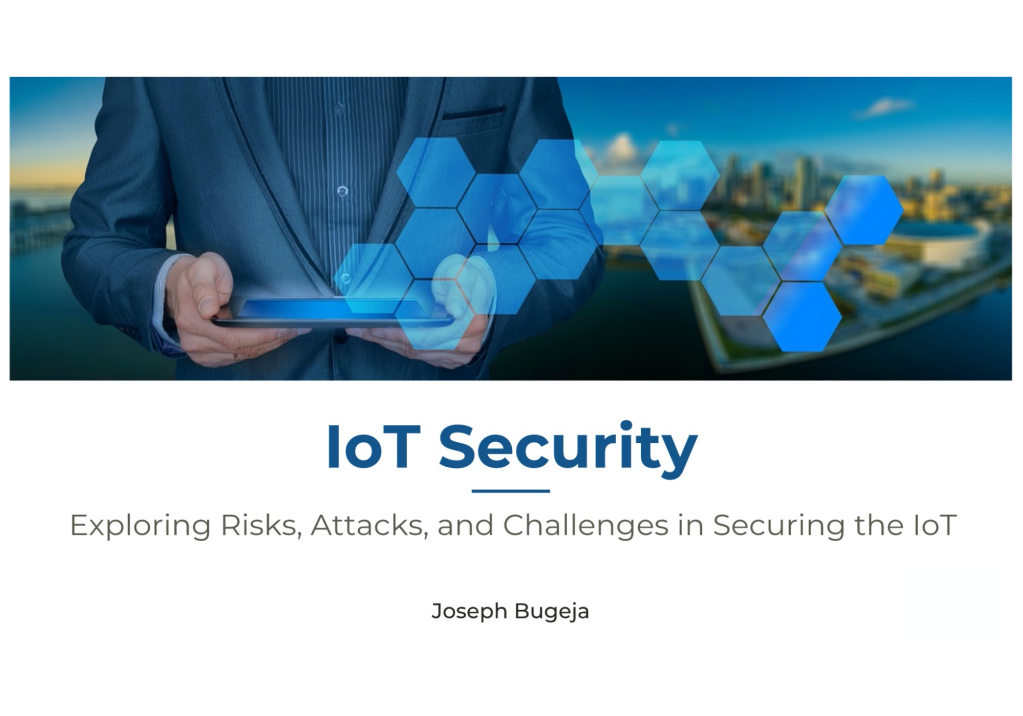
As the world progresses, so too does the need for innovative research to support it. In many ways, research and teaching go hand-in-hand, with each feeding off the other to produce a well-rounded system of knowledge. In the field of cybersecurity, for example, teaching is essential to ensure that a new generation of workers is equipped with the skills they need to protect our online world. But research is also critical to staying ahead of the curve and developing new ways to combat the ever-evolving threats that target our digital lives.
The benefits of combining research and teaching are numerous. By keeping up with the latest advances in their field, teachers can ensure that their students are receiving the most up-to-date and relevant information. This helps to prepare students for the real world, where they will be expected to apply their knowledge to solve problems. Meanwhile, researchers can use their findings to inform their teaching, ensuring that the latest discoveries are passed on to the next generation.
But it is not just about staying up-to-date; research can also help to improve the quality of teaching. By constantly testing and refining their methods, researchers can develop more effective ways of imparting knowledge. This benefits not only the students who receive this improved teaching but also society as a whole, as a better-educated workforce is better equipped to meet the challenges of the 21st century.
It is clear, then, that research and teaching are two sides of the same coin. By working together, they can create a virtuous circle that benefits everyone involved.
